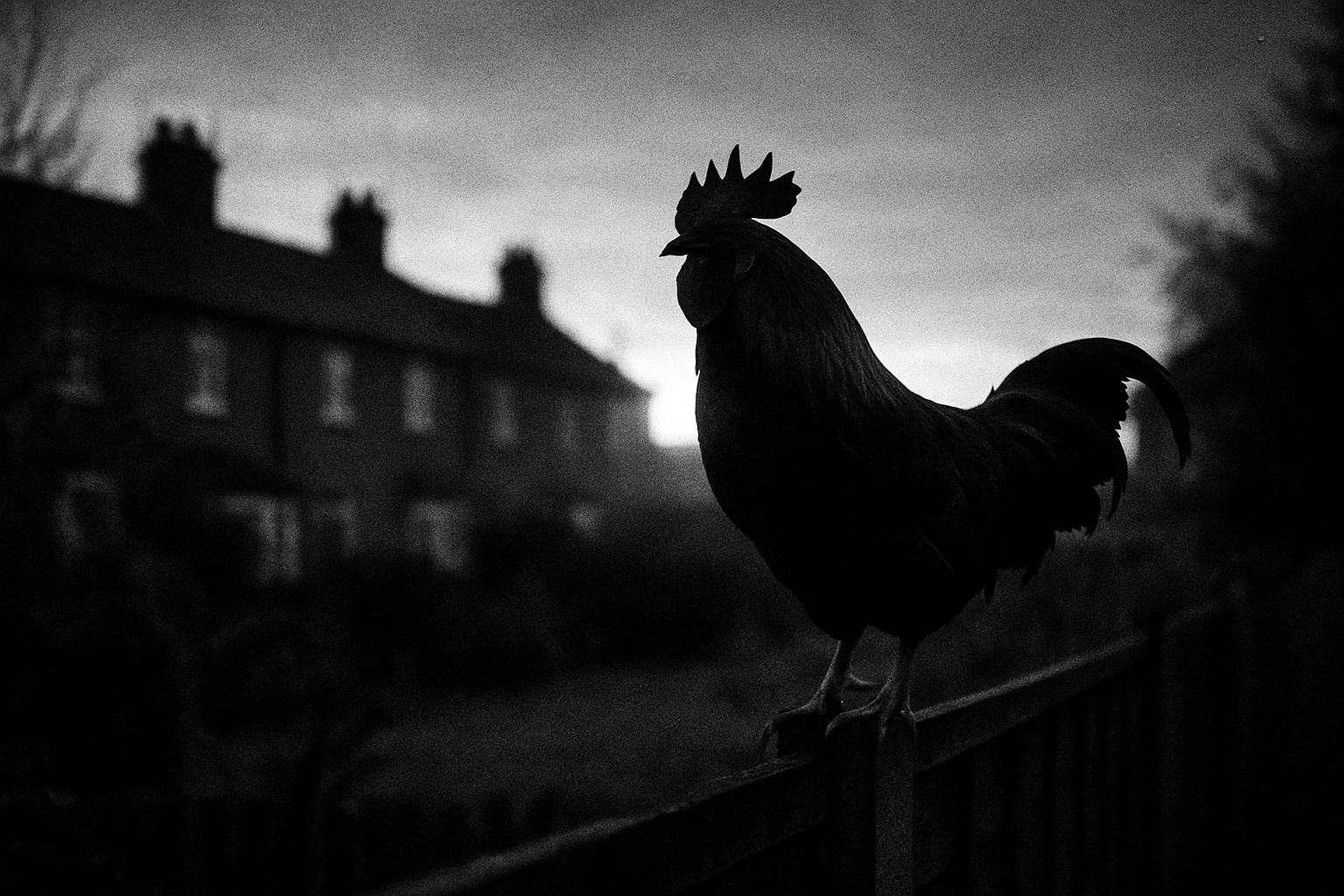Feathers have been flying across towns and suburbs as homeowners report being driven to distraction by noisy cockerels. National press coverage of a Freedom of Information trawl found 519 formal complaints about roosters waking neighbours in the past year, and councils told requesters they often do not record poultry-related calls as a separate category, suggesting the official number may be an undercount. Industry data from the Pet Food Manufacturers’ Association puts household ownership of domestic fowl at roughly 1.4 million, a figure widely cited when commentators explain why poultry noise is increasingly visible in urban nuisance logs. According to the original report, many owners acquired birds during the pandemic and some more recently as a way to cut grocery bills. (In the press piece the PFMA figure was rounded up to 1.5 million.)
The distribution of complaints points to particular pressure points. The FOI summary identified Bradford as the area with the most logged complaints, followed by Birmingham, Manchester, Derby, Rotherham and Bexley among others, and several local authorities told investigators they cannot easily provide full breakdowns because animal noise is typically lumped together in their systems. That lack of granular recording makes it harder to build a clear national picture of how widespread roosters-as-nuisance really are, and it complicates efforts to design targeted local policy or outreach for new poultry keepers.
The rise in backyard poultry is not unique to the UK. Industry figures and news reporting show a clear pandemic-era boom in household flocks: hatcheries and breeders in both the United States and the UK were overwhelmed with orders in 2020 and 2021 as people sought fresh eggs, a hobby during lockdowns, and a route to greater food security. Journalistic investigations at the time described many first-time keepers purchasing hens and, in some cases, cockerels without fully appreciating the long-term commitment and practical constraints of keeping birds in built-up neighbourhoods. Trade bodies caution that survey methods shifted during Covid and warn against direct comparison with pre-pandemic face-to-face surveys, underlining some uncertainty in exact ownership totals.
Local authorities have tools to tackle persistent crowing when it becomes a statutory nuisance. Case law and reporting show councils can investigate complaints, collect evidence such as diary sheets and monitoring recordings, and serve noise abatement notices under the Environmental Protection Act; failure to comply can lead to prosecution and fines, as one high-profile Berkshire case demonstrated. Bradford Council’s published guidance sets out the typical process—investigation, evidence-gathering and, where appropriate, enforcement—while also offering practical advice to minimise crowing, including keeping birds indoors at dusk and dawn, siting coops away from neighbouring windows and using measures to keep housing dark at night.
Councils’ guidance and local journalism also illustrate that animal-noise complaints sit alongside a wide range of nuisance grievances—from loud music to vermin—and that officers routinely try mediation and practical remedies before resorting to formal enforcement. Local reporting shows complaints about poultry have featured increasingly in council logs in some areas, and environmental health teams often advise on both neighbourliness and welfare, stressing that any action should protect animals as well as people.
“It might sound trivial but these chickens and cockerels can drive people crazy,” said John Stewart, chair of the UK Noise Association, speaking to the press. His comment underlines the social friction that can build when rural practices come into close contact with suburban living: owners may value fresh eggs and companionship, while neighbours can be left enduring repeated early-morning disturbance.
The practical takeaway from councils, industry groups and past reporting is straightforward: prospective owners should plan for long-term care and think about siting and species (hens rarely crow; cockerels do), and neighbours who are disturbed should document incidents and engage local environmental health teams if informal resolution fails. Industry and local authorities both signal that the headline numbers are likely conservative, and they urge clearer recording and better public advice so the spike in urban poultry keeping can be managed with proportionate enforcement and sensible public guidance rather than neighbourly confrontation.
📌 Reference Map:
##Reference Map:
- Paragraph 1 – [1], [2]
- Paragraph 2 – [1]
- Paragraph 3 – [3], [4], [2]
- Paragraph 4 – [5], [6]
- Paragraph 5 – [7], [6], [1]
- Paragraph 6 – [1]
- Paragraph 7 – [6], [2]
Source: Noah Wire Services
